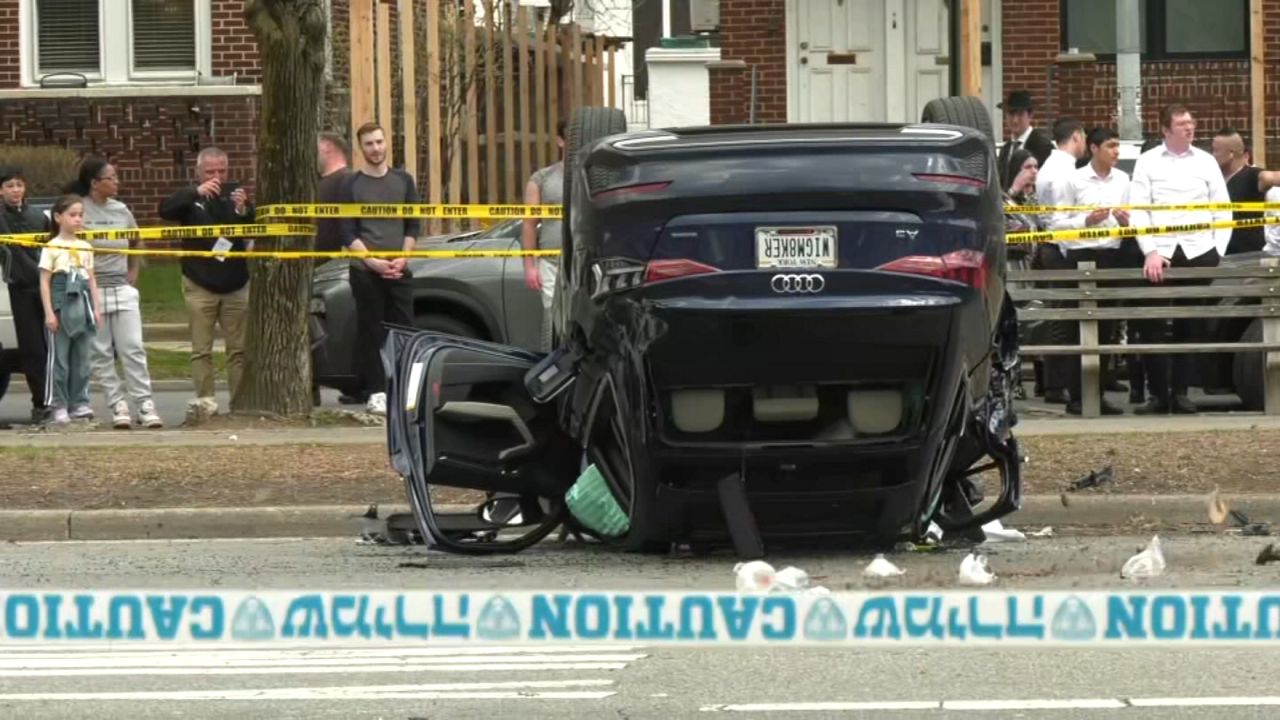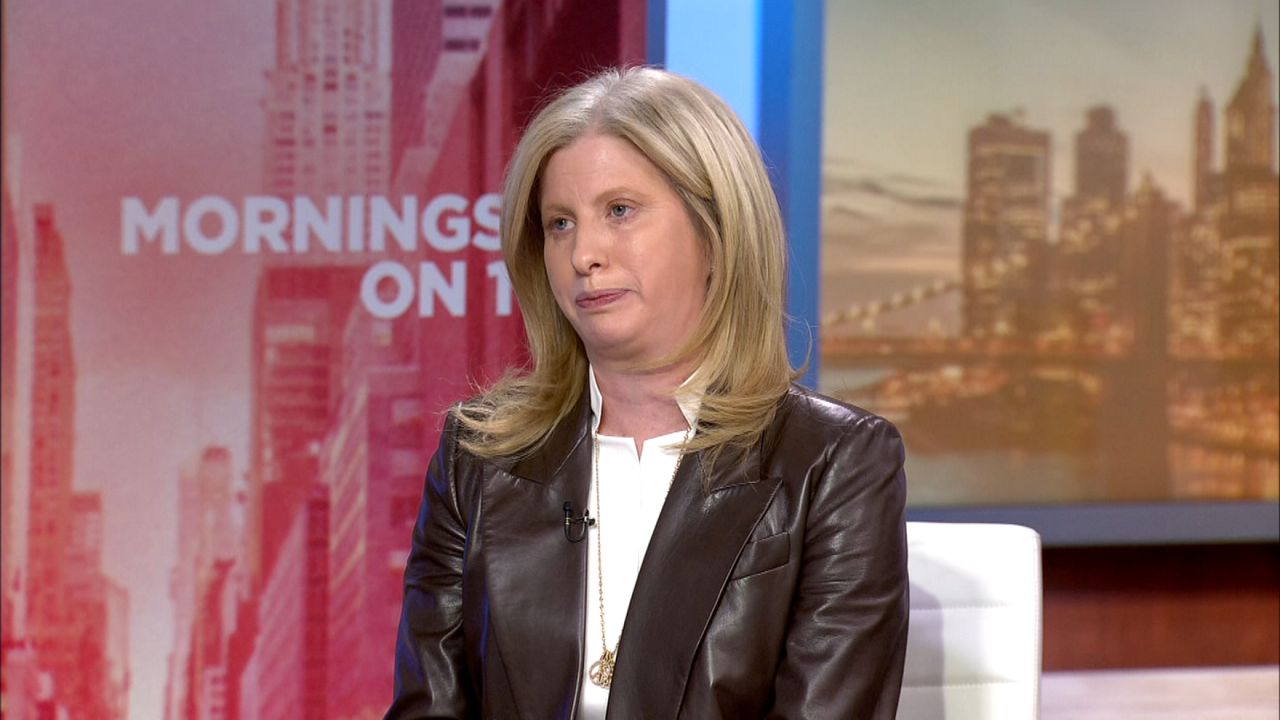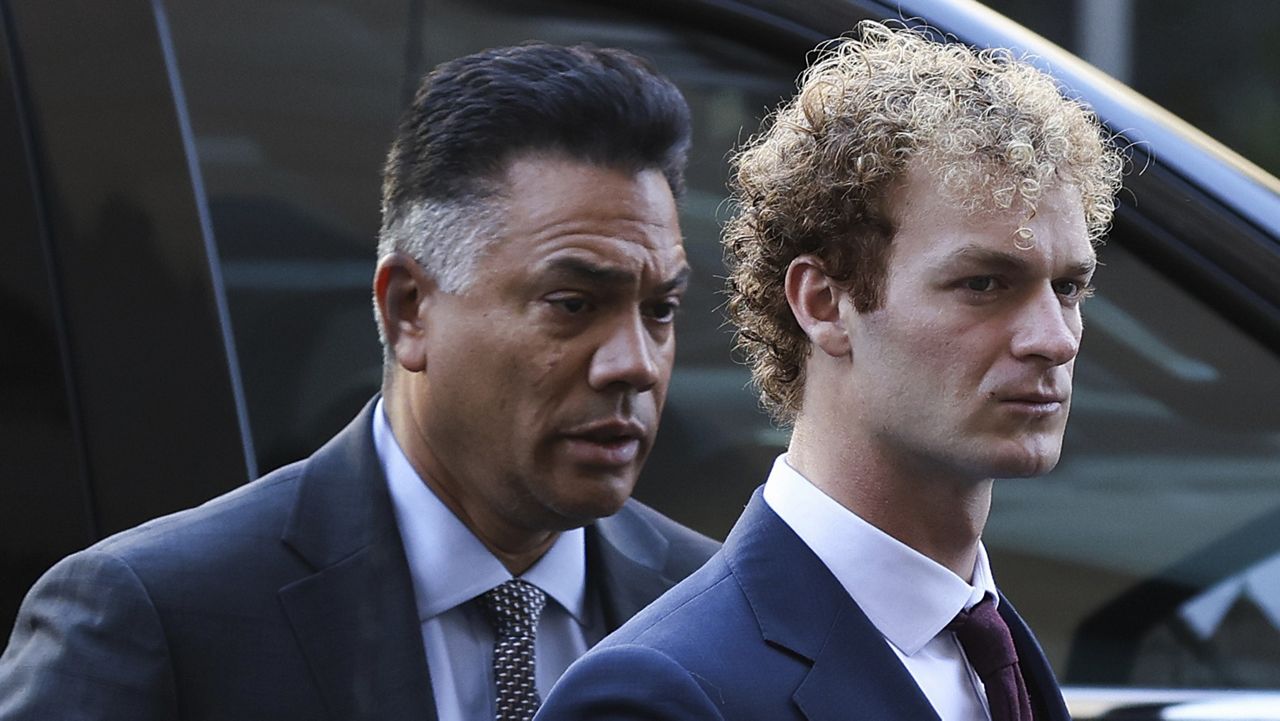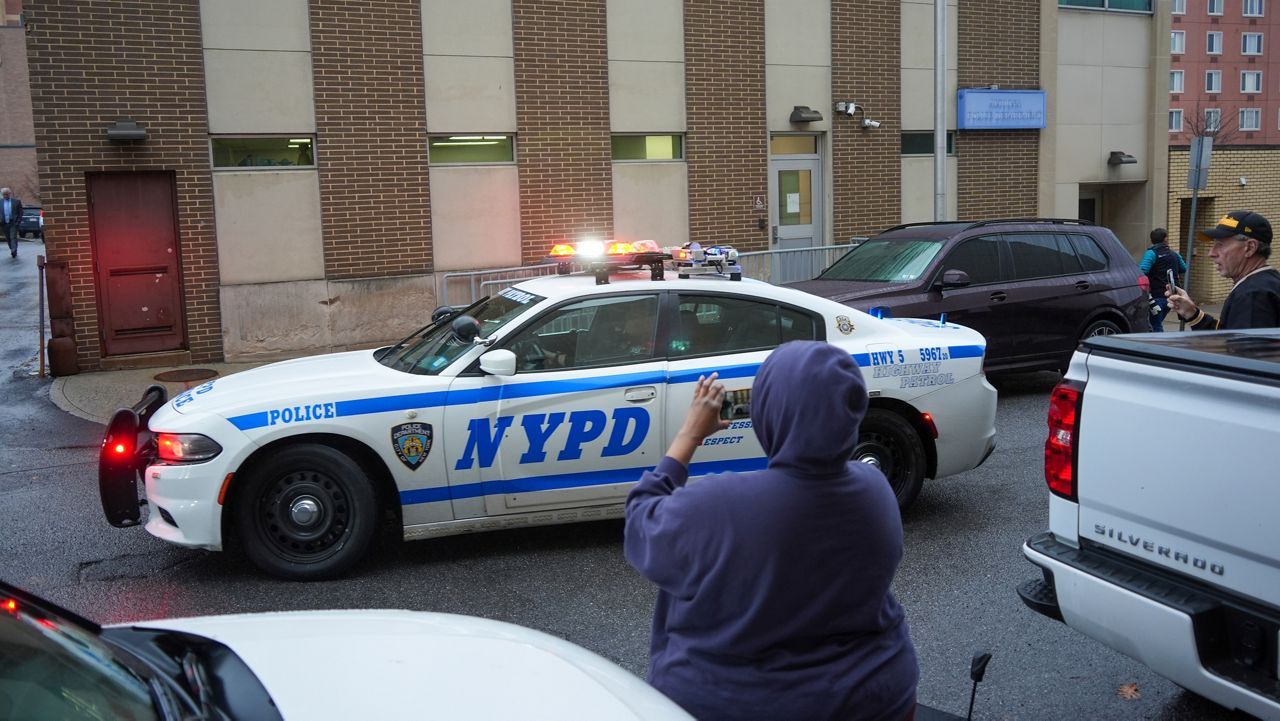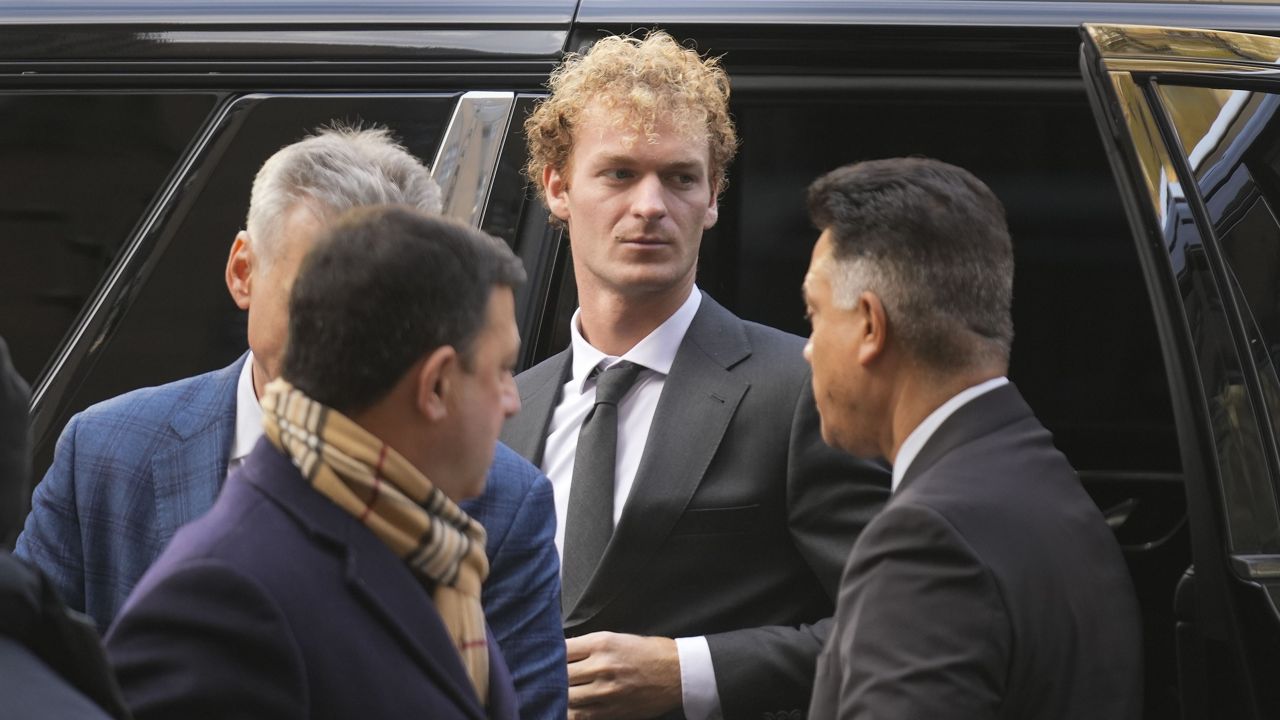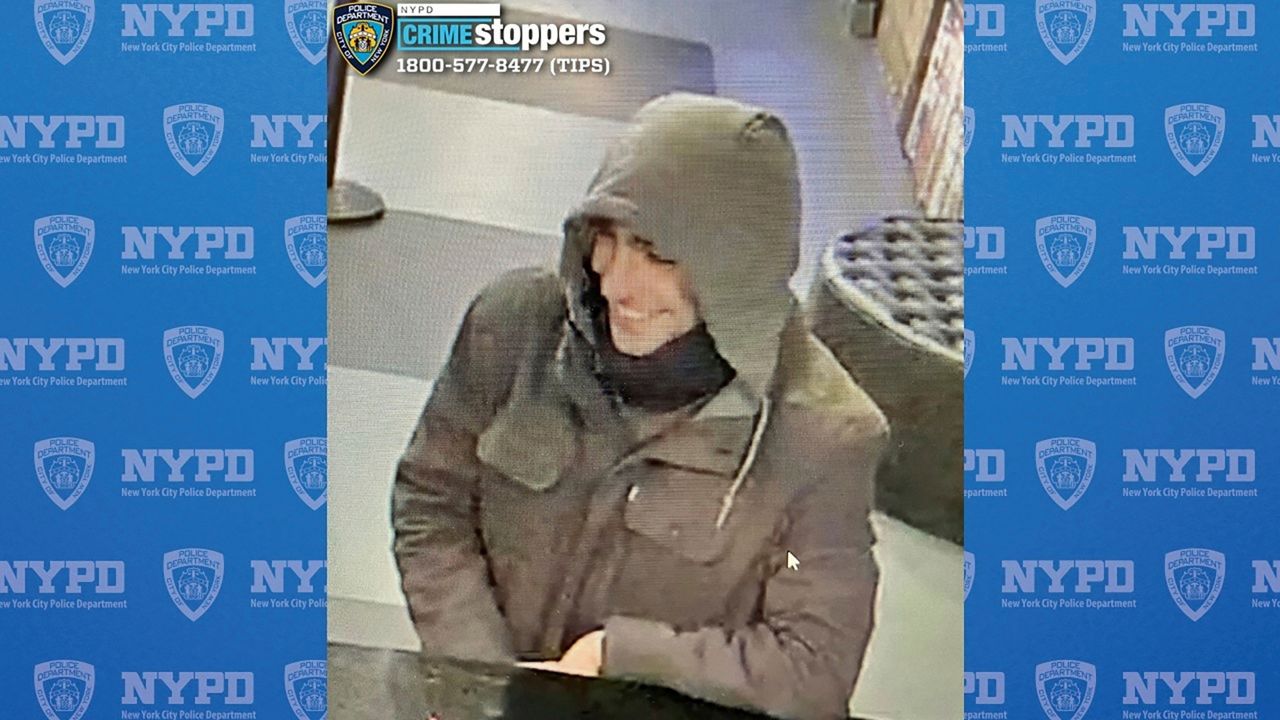Days after the NYPD released body camera footage from a police shooting inside a Brooklyn subway station that left four people injured, including a bystander whose family says he sustained brain damage, the department’s top spokesperson framed the incident as the result of an unchecked mental health crisis.
“When we put our officers out there to try and keep people safe, it’s been working. However, that does not mean we’re not going to have incidents in our subway system,” Tarik Sheppard, the NYPD’s deputy commissioner of public information, told “Mornings On 1” anchor Jamie Stelter Monday.
After the shooting at the Sutter Avenue L train station in Brownsville, “people came out with a lot of opinions,” Sheppard said.
“The core question to ask those same individuals, what is your plan for mental health?” he said. “Because when police officers approach someone and their first statement to the police officers is, ‘You’re going to have to shoot me,’ that’s a sign that we’re not dealing with somebody who is in their right mind. They’re going through a mental health crisis, and they have a knife on them.”
Body camera footage of the chaotic police encounter shows 37-year-old Derrell Mickles being followed by police into the Sutter Avenue station and onto a train car after he jumps a turnstile, leaves the station and then returns through an emergency exit.
The video shows Mickles holding a knife on the subway platform while waiting for a train to arrive, refusing to drop it after repeated requests from the police.
He can be heard shouting at police, “Don’t touch me,” “Leave me alone,” and “Don’t make me kill you.”
The footage shows Mickles entering a train car with the knife in hand, followed by police, who urge him to drop the weapon. After repeatedly refusing to do, police fire their tasers at Mickles inside the train car, but they fail to immobilize him.
Video shows police following Mickles onto the platform again. Mickles then appears to run away from one officer and toward another still holding the knife, at which point an officer shouts “shoot.”
Mickles appears to freeze, and then officers fire nine shots, striking Mickles, two bystanders and one of the police officers.
Public outcry in the aftermath of the incident was swift, and included criticism from advocacy organizations, city councilmembers and members of the family of the bystander who was shot in the head.
In response to the criticism, Sheppard maintained police acted appropriately in a dangerous situation.
“I think there’s only two choices here. You’re dealing with somebody who is armed with a knife. You’re dealing with them in close quarters. Anybody that knows about the use of force knows that a knife in close quarters is probably the most dangerous thing you can be dealing with as a police officer. They tried to use their tasers, it did not work,” Sheppard said.
“I think you’re seeing the dangers that police officers are placed in when they have to deal with mental illness, and when there’s no solid plan for mentally ill people who continue to come back on the street and enter our subway system with weapons, and they make all of us unsafe. So, the real question here is how do we deal with mental illness, not just critique the actions of police officers,” he added.
At an initial press briefing after the shooting, police officials said Mickles had a “significant arrest history,” as well as a “history of mental illness,” without providing details.






